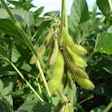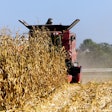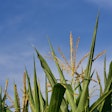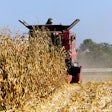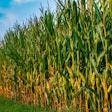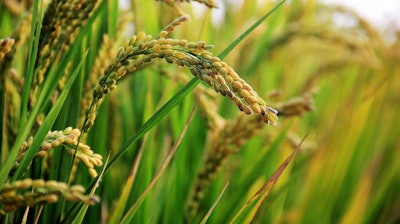
The United States Department of Agriculture's Agricultural Research Service (USDA-ARS) has announced the release of three new rice germplasm lines, set to be available in its Genetic Stocks Oryza (GSOR) Collection starting January 3, 2025. These lines, named CS272, CS324, and CS353, are the result of a cross between "Cybonnet" and "Saber" rice cultivars and offer improved traits including blast resistance, low chalk content, excellent milling quality, and good yield potential.
Key features of the new germplasm lines include:
- CS353 boasts a longer grain length (7.88 mm) and greater length-to-width ratio (3.58 mm) compared to its parent varieties.
- CS324 maintains a grain length (7.06 mm) comparable to the Saber parent variety.
- All three lines exhibit low chalk characteristics, with CS272 and CS324 showing significantly less chalkiness than both parent varieties.
Chalkiness, a crucial factor in determining rice quality and market price, is often influenced by high temperatures during grain development. The low chalk trait in these new lines is particularly valuable for consumers and typically commands higher market prices.
The germplasm lines were co-developed by the USDA-ARS Dale Bumpers National Rice Research Center and the University of Arkansas System Division of Agriculture's Rice Research & Extension Center in Stuttgart, Arkansas. Detailed information about these lines is available in the Journal of Plant Registrations.
Seeds will be accessible through the USDA's Genetic Stocks Oryza (GSOR) Collection for the next five years. After January 2030, limited quantities (3 grams) will be available from the USDA-ARS National Small Grains Collection in Aberdeen, Idaho. The seeds have also been deposited in the USDA-ARS National Laboratory for Genetic Resources Preservation in Fort Collins, Colorado, ensuring their long-term preservation and availability for future research and breeding programs.
This release represents a significant advancement in rice breeding, offering potential improvements in disease resistance, grain quality, and yield for U.S. rice producers and the global rice industry.








